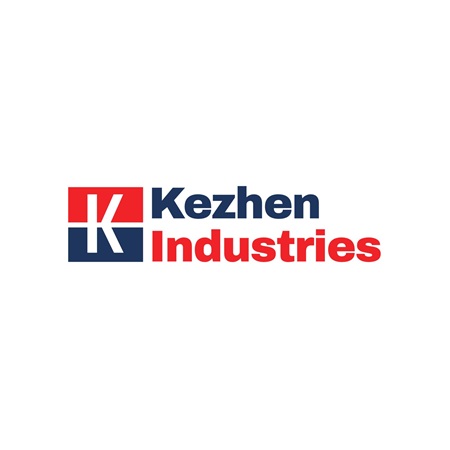
農業機械部品
農業機械部品
12 の製造プロセスと 4 つの検査プロセスを備えた当社は、最高級の材料と優れた性能を備えた農業機械部品の一種として、あらゆる種類の色彩選別機部品シュートを世界中の顧客に供給できる唯一のサプライヤーであることを非常に誇りに思っています。
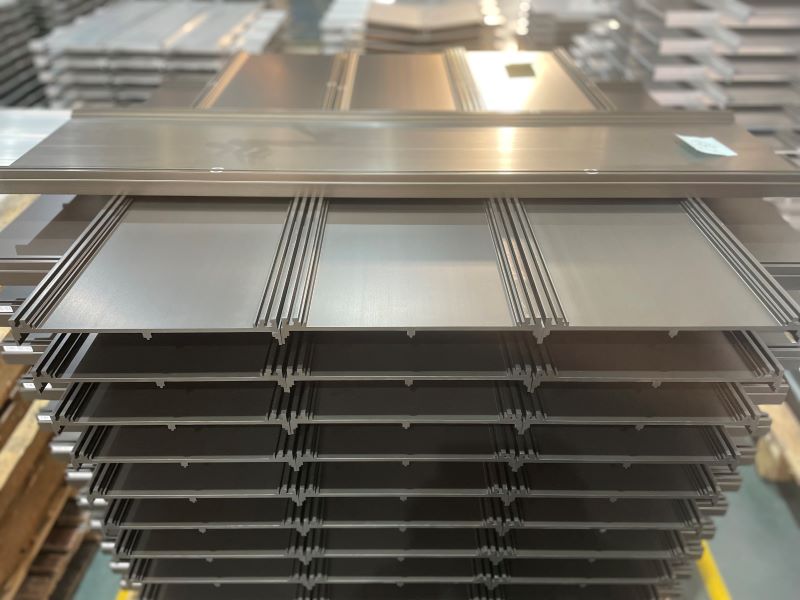
農業機械部品のワンストップソリューション
当社は、農業機械部品の製造に 5 軸などの高度な CNC 設備と、アルミニウム陽極酸化農業機械部品を生産するための最新の 4 つの陽極酸化ラインを備えています。
すべての精密機械と当社の経験豊富な従業員は、特に色彩選別機部品、選別エジェクターバルブ、振動フィーダー、穀物エレベーターなど、農業機械部品の要件を確実に満たします。
ここケジェンでは、デジタル制御技術によって農業機械部品の寸法公差と表面品質を精密に完璧に制御できるため、高精度、高効率、高信頼性の高い製造を実現できます。
農業機械部品に関するご要望がございましたら、ぜひお問い合わせください。全力で対応させていただきます。
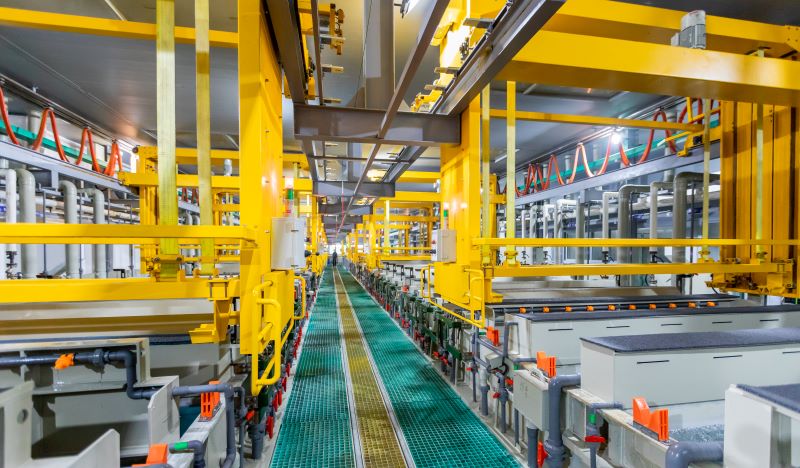
農業機械部品業界向け機器
当社は20年以上にわたり継続的に機器を購入しており、次のような農業機械部品のカスタマイズされたニーズを満たす完全な加工機械を備えています。
5- アクシスCNCマシン、
酸化生産ライン、
マイクロマシン、
旋盤機械。
掘削機、
フライス盤、
研削盤、
デジタル検出機、
下水処理装置、
完璧なアウトソーシング処理
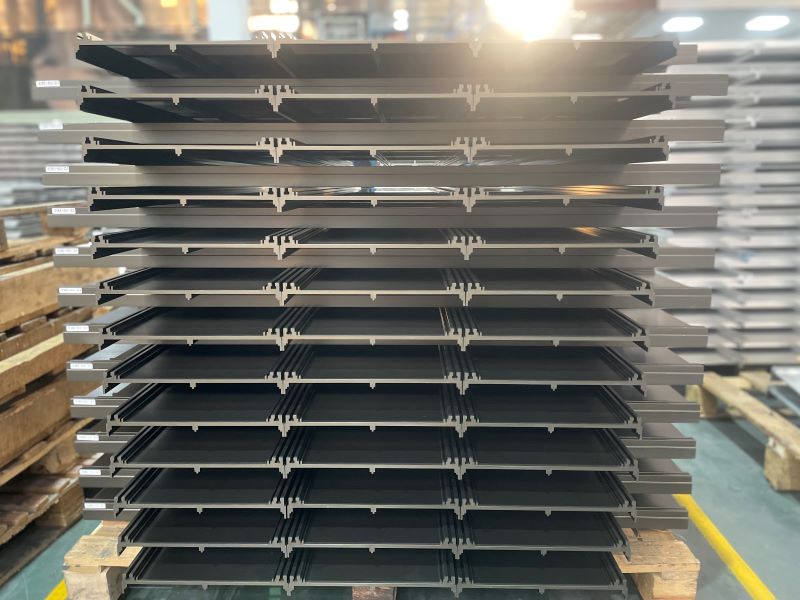
Kezhen農業機械部品を選ぶ理由
原材料の外観評価、サイズ試験、平坦度試験、真直度試験、陽極酸化試験、粗さ試験などを実施し、色彩選別機部品、選別機エジェクターバルブ、振動フィーダー、穀物エレベーターなど、最高品質の農業機械部品を供給しています。これらの部品は、最高品質責任者(CQO)が監督する品質保証プログラムに100%準拠しています。原材料の購買管理、製造プロセスの最適化、従業員のトレーニングなどを継続的に実施することで、世界中で常に競争力のある販売価格を維持しています。
Kezhen では、均一で高品質の農業機械部品を確実に入手できます。
今すぐお問い合わせをお送りください。
農業機械部品の材料要件
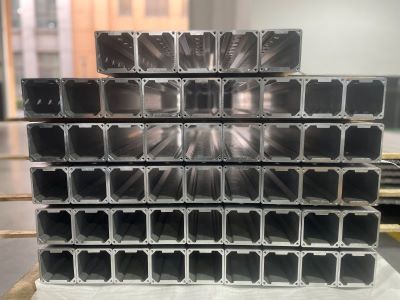
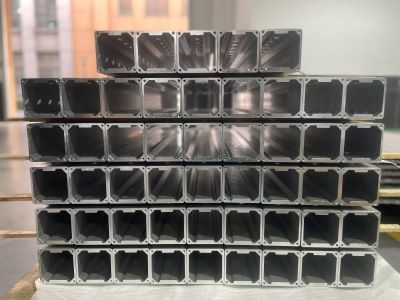
農業機械部品の製造にはさまざまな材料が必要であり、当社はお客様の品質要件を満たすために標準材料に従います。
アルミニウム(Al 6061、Al6063、Al7075、Al 6068、Al 6062など)
ステンレス鋼(SS304、SS316など)
炭素鋼(S55Cなど)
銅
チタン
その他の合金材料
1. Anodizing tank setup: The electrolytic cell is responsible for the entire electrolysis process and it is where the aluminum and cathode are immersed in the electrolytic cell. The electrolytic cell is usually made of chemically resistant materials such as polypropylene, PVC or coated stainless steel. To fix the anodes, the electrolytic cell comprises a rack mechanism which is further connected to the electrical busbar for a uniform and controllable power supply. On the other hand, a separate fixture holds the cathode and is connected to the busbar. During the anodizing tank setup, you need to consider different factors; the size of the tank, the busbar capacity and its safe connection to the rack, the cathode to anode area ratio (1:1 or 1:3), the filtration of electrolyte impurities, etc.
2. Control of acidic solution: The temperature and concentration of the acidic solution directly affect the thickness and quality of the anodized layer. High acid concentration may lead to faster layer growth, but will result in a rougher or burned surface. Therefore, you need to monitor the pH value of the solution. If any changes occur, you can add buffer solution or neutralizing solution according to the standard pH value set for the process.
3. Manage anodized layer and thickness: The anodized layer is formed when oxygen ions in the electrolyte migrate to the metal surface and react with metal atoms. Therefore, layer growth and thickness fundamentally depend on factors that affect the metal and oxygen ion concentrations. For example, temperature, current density, time, acid concentration, etc. Therefore, you must set all processing parameters taking into account thickness requirements and other surface finish characteristics.
4. Anodizing Tank Maintenance: As anodizing progresses, the bath begins to accumulate impurities such as metal salt residues and dissolved chemicals. In addition, metal ion concentrations tend to be higher than standard levels (ideally less than 20 g/L). These impurities affect process efficiency and overall quality. Therefore, filtering impurities and maintaining pH, proper agitation, and ion concentration are critical.
1. Preparation and cleaning: A uniform and smooth surface is essential for the application of the anodized layer. You can achieve this through mechanical treatment and chemical cleaning. Mechanical surface treatment such as grinding and polishing that remove surface irregularities and defects. While alkaline or acid cleaning removes grease, oil, dirt and any other contaminants, followed by rinsing with deionized water to remove residual cleaning agents. Therefore, etching can be further cleaned to peel off the thin surface layer and create a uniform matte effect.
2. Electrochemical process: The part to be anodized next becomes the anode, and the other highly conductive metal becomes the cathode, and both are immersed in the electrolytic cell. When current flows through this electrolytic device, the anode oxidizes and loses electrons. During the electrolysis process, the metal surface is oxidized to form a dense oxide film. This oxide film is very hard and can protect the metal from further corrosion.
3. Coloring (optional): After the oxide film is formed, it can be dyed to give the metal surface a different color.
4. Sealing: The corrosion resistance and wear resistance of the oxide film can be further enhanced by sealing.
Anodizing is a surface treatment method that forms a thin protective oxide layer on the surface of the substrate through an electrochemical process to achieve a smooth and uniform surface treatment, with a roughness value (Ra) as low as 0.5µm. Anodizing can improve the firmness, corrosion resistance, wear resistance and aesthetics of aluminum alloy, magnesium alloy and titanium alloy accessories.
Anodizing has a wide range of applications and is widely used in various industries such as medical devices, electronic communications, automotive accessories, aerospace, agricultural machinery, etc.
1000:1050,1070 アルミニウム
特性:高純度アルミニウム、導電性、熱伝導性、耐腐食性。
用途:導電性材料、熱交換装置、化学装置配管
2000:2011、2014 2017、2117 2024 アルミニウム
特性:優れた加工性、高強度、低耐食性
用途:ジュラルミンは切削用材料、部品やネジなどの構造用材料、航空機用材料、鍛造用材料、自動車やバイクの油圧部品、スポーツ用品などの総称です。
3000:3003、3203 アルミニウム
特性:純アルミニウムよりも耐熱性に優れ、強度が高く、耐腐食性も良好です。
用途:化学装置配管、熱交換装置、コピー機用感光体シリンダ。
4000:4032 アルミニウム
特性:耐熱性と耐摩耗性に優れている
用途:VCR磁気ヘッド、ピストン部品、鍛造。
5000:5052,5056 アルミニウム
特性:中程度の強度、耐腐食性、良好な溶接性
用途:化学工業配管、機械部品、カメラレンズ鏡筒。
6001アルミニウム
特性:中強度構造用アルミニウム
優れた耐食性、溶接性、加工性を備えた合金
用途:車両、船舶、海上輸送機器、道路資材・建築資材、スポーツ用具など。
6003アルミニウム
特性:耐腐食性、良好な表面処理、ほとんどの押し出し材料に対する優れた押し出し特性
用途:建築資材、建設資材、装飾資材、家電資材、その他一般製品。
7003アルミニウム
車両、自動車、機関車部品の溶接用中強度構造アルミニウム合金
7005アルミニウム
特性: 超ジュラルミン、最高強度合金、耐腐食性、溶接可能な高強度材料。
用途:航空機等の機械部品、スポーツ器具等
9000アルミニウム
高性能アルミニウム合金は、特殊な元素(希土類元素など)を添加して、優れた性能や特定の特殊な特性を備えています。
ニュースレター登録
弊社からの限定オファーにご登録ください